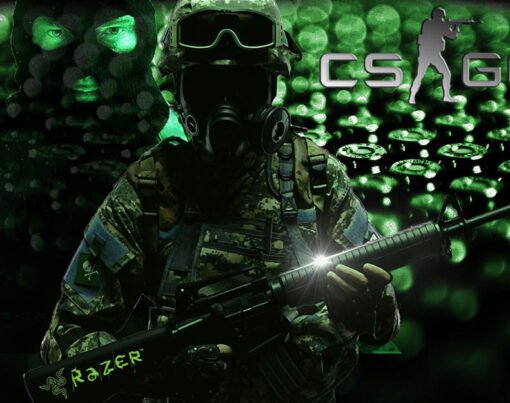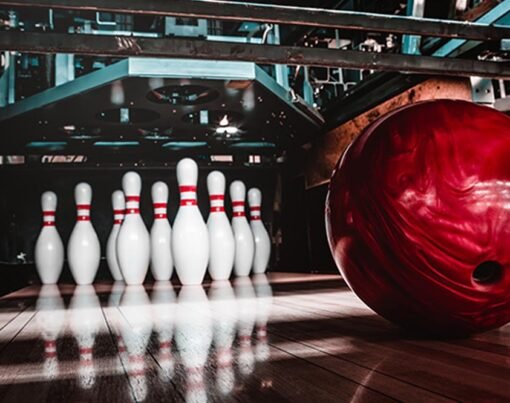In the vast and vibrant digital art world, the landscape constantly shifts with new technologies and creative methods emerging regularly. Among these advancements, introducing the ai art maker has opened up new horizons for modern artists, allowing for unparalleled creativity and efficiency. This article explores the latest trends in digital art creation that are shaping the future of artists around the globe.
Table of Contents
Embracing Artificial Intelligence in Art Creation
Artificial Intelligence (AI) has become a game-changer in how artists create and conceptualize their work. With AI tools, artists can transform their ideas into visual masterpieces faster and more accurately than ever. These tools are not just about efficiency but also about expanding creative possibilities, enabling artists to explore complex patterns and themes previously beyond human reach. This trend is leading to a new era of digital art characterized by its depth, complexity, and innovation.
Adobe Firefly states, “Sometimes you need a specific image you can’t find through conventional means, like a Zen garden on Mars. Create any kind of image quickly with help from Text to Image in Adobe Firefly.”
The Rise of Virtual Reality Art Spaces
Virtual reality (VR) provides a new dimension to digital art by offering immersive experiences that transcend traditional viewing. Artists are now creating VR spaces where viewers can step into and interact with the artwork, providing a level of engagement that flat screens and canvases cannot match. This trend is not only changing how art is consumed but also how it is perceived, adding layers of depth and interaction that enhance the emotional and cognitive impact of the art.
The Popularity of Digital Collages
Digital collages are gaining popularity as artists combine various elements from different sources to create unique and compelling compositions. This trend leverages the vast online digital archives, allowing artists to mix and match textures, images, and styles in ways that challenge traditional notions of originality and authorship. Digital collages reflect the current cultural zeitgeist, with their ability to blend history, pop culture, and personal expression into cohesive artworks.
Interactive Art Installations
Interactive art installations are redefining the relationship between the artwork and its audience. By incorporating sensors, software, and sometimes even AI, artists are creating works that respond to the viewer’s presence or actions. This interactivity adds a dynamic layer to the art, making each interaction unique and personal. These installations challenge the passive consumption of art, engaging the audience in a dialogue with the work that is both physical and emotional.
The Return to Pixel Art
In a surprising twist, the digital art world is witnessing pixel art revival, a style reminiscent of early video games. This nostalgic trend celebrates the simplicity and charm of low-resolution imagery, emphasizing creativity within constraints. Pixel art is not just a throwback; it’s a response to the overwhelming complexity of modern life, offering a digital simplicity that is both comforting and expressive.
Artists are pushing the boundaries of pixel art, creating intricate scenes and animations that demonstrate the style’s versatility and potential for storytelling. The return to pixel art underscores the cyclical nature of trends, showing that even in a world dominated by advanced technologies, there is still a place for the seemingly simple.
The landscape of digital art creation is richer and more diverse than ever, driven by technological advancements and a spirit of experimentation among modern artists. From the integration of AI and VR to the resurgence of pixel art, these trends are shaping a future where digital art continues to surprise, delight, and challenge one’s perceptions of what is possible. As artists continue to explore these new frontiers, the only limit is their imagination, ensuring that the world of digital art remains vibrant and ever-evolving.










